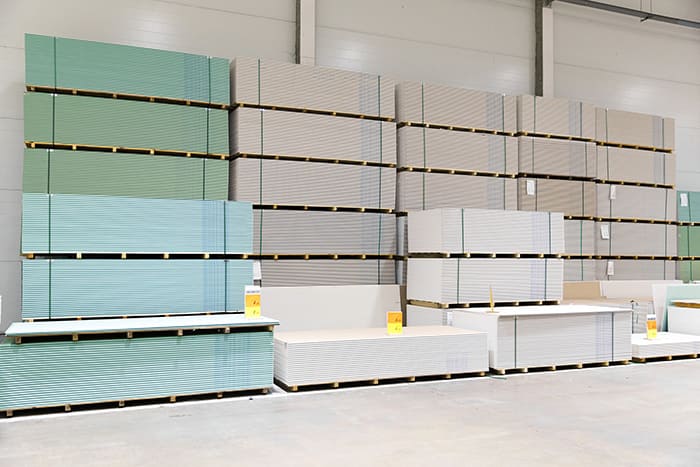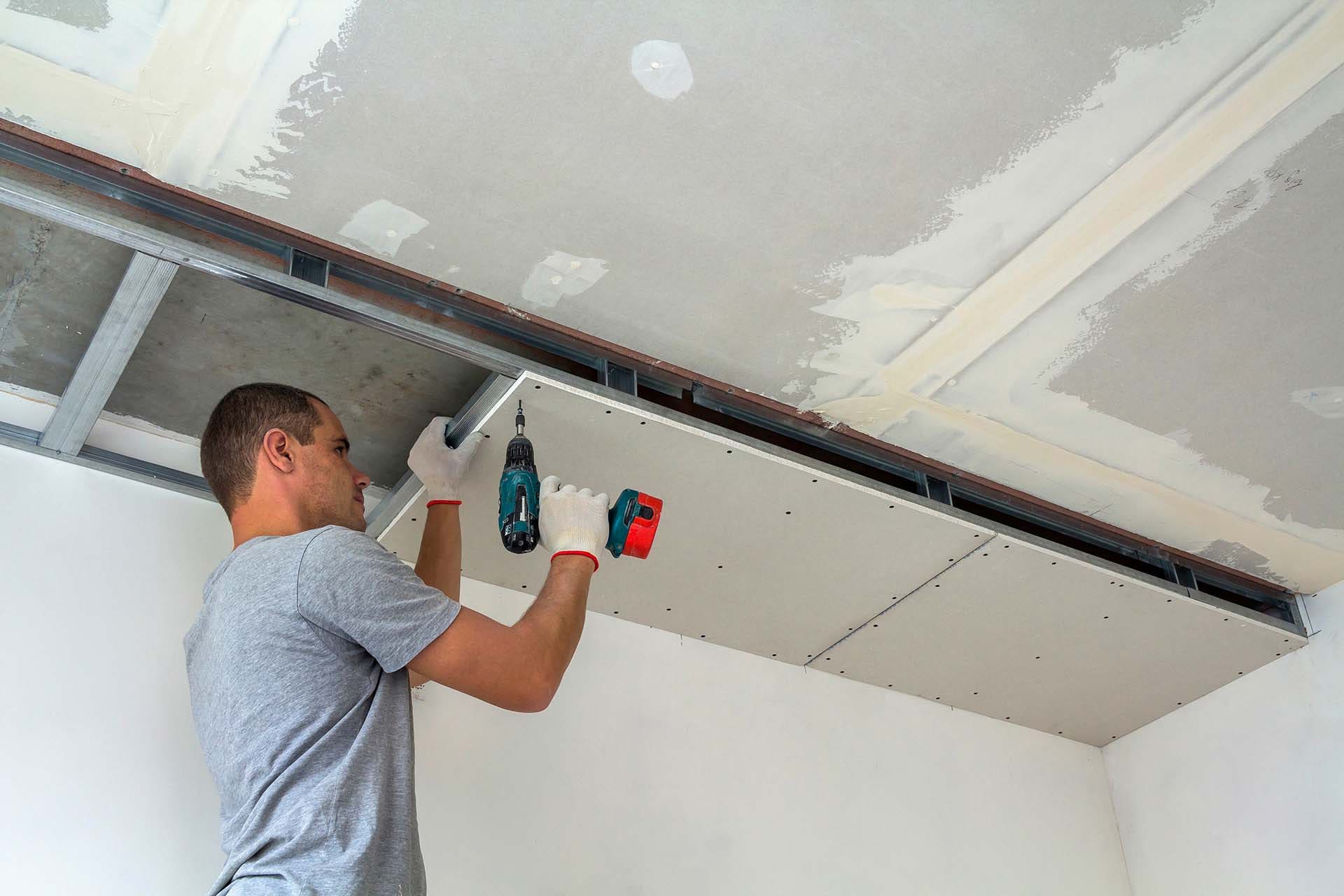Many people think all gypsum boards are the same, but that belief can lead to costly mistakes.
Yes, gypsum boards come in several types, each designed for different conditions like moisture, fire, and strength requirements.

When I first entered the building materials industry, I was surprised to learn how different gypsum boards could be. This difference affects durability, safety, and long-term costs. Choosing the wrong type often means faster wear and repairs down the line.
How many types of gypsum are there?
Many assume gypsum only exists in its regular form, but it’s more versatile.
There are five main types: standard, moisture-resistant, fire-resistant, moisture and fire-resistant, and special-function gypsum boards.

To dive deeper, let’s compare each type and where it works best:
| Type | Core Feature | Best Use Case |
|---|---|---|
| Standard Gypsum Board | Cost-effective, light | Dry areas like living rooms |
| Moisture-Resistant Board | Resists water damage | Bathrooms, kitchens |
| Fire-Resistant Board | High fire endurance | Walls near heating appliances |
| Moisture & Fire Resistant | Dual protection | Industrial kitchens, humid factories |
| Special-Function Board | Anti-bacterial, air-purifying | Hospitals, schools, clean rooms |
I once renovated a small clinic where we used anti-bacterial gypsum boards in high-contact surfaces. The health benefits and longevity far outweighed the initial price difference.
What is Type 3 gypsum also known as?
Some hear “Type 3” but never learn its unique strength.
Type 3 gypsum is also called high-strength gypsum or extra hard gypsum, used for special projects needing great durability.

Going deeper, Type 3 gypsum is denser than standard boards, with a modified formula that increases surface hardness and load-bearing capacity. It resists dents and damage in a way regular gypsum cannot.
| Property | Type 3 Gypsum Value | Standard Board Value |
|---|---|---|
| Density | Very high | Medium |
| Impact Resistance | High | Low |
| Cost per m² | Higher | Lower |
I used Type 3 boards for a warehouse office where heavy equipment often brushed against walls. Even after years, they stayed intact without repairs.
What is the most common gypsum board?
Builders often reach for one type without questioning why.
The most common gypsum board is the standard paper-faced type, making up about 70% of total usage due to its low price and broad availability.

In detail, standard gypsum boards meet basic strength needs in low-moisture environments. They work well in apartments, offices, and ceilings far from water sources. Moisture over 65% can cause them to warp or mold faster, reducing lifespan from 15–20 years down to 5–8 years.
| Feature | Value |
|---|---|
| Price Level | Lowest |
| Moisture Resistance | Weak |
| Lifespan in Dry Conditions | 15–20 years |
| Lifespan in High Moisture | 5–8 years |
In one project I saw, a contractor used standard boards in a high-humidity kitchen to save money. Within three years, mold repairs erased any savings. Matching board type to environment avoids these common pitfalls.
Conclusion
Choosing the right gypsum board means weighing moisture, fire, and strength needs against cost for the best long-term value.
